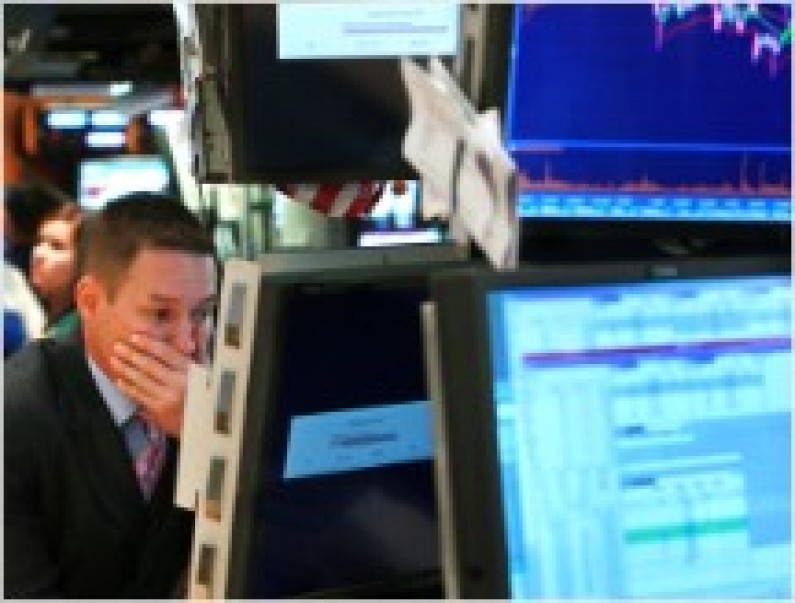
Monday March 3
Personal Income
-Was on the strong side which indicates a good start to Q1 growth
-0.3% increase
-private wages and salaries increased $14.8 billion after a $9.1 billion loss last month
-factors that increased personal income were mostly federal
-Affordable Care Act affected government social benefit payments
-Cost of Living adjustments were made to several federal transfer programs
Personal Spending
-rose 0.4%
-personal spending is the main driver of the U.S. economy
-the rise in spending was more than income which could mean individuals are taking on more debt
Personal Savings Rate
-unchanged from last month
-4.3% of disposable personal income
Construction Spending
-0.1% increase
-down from the month before which had a 1.5% increase
-home building was up 1.1% with single family construction up 2.3% and apartment construction up 1%
-non-residential fell 0.2% and government construction was down 0.8%
-cold weather was probably the cause of the minimal increase
ISM Manufacturing Index
-institute for supply management
-rose to 53.2 from 51.2 the previous month
-readings above 50 indicate expansion in the sector
-Holcomb stated, “The past relationship between the PMI and the overall economy indicates that the PMI for January and February (52.3 percent) corresponds to a 3 percent increase in real gross domestic product (GDP) on an annualized basis
Thursday March 6
Initial Jobless Claims
-hit 3 month low which may suggest some strength in labor market
-fell 26,000 to 323,000
Productivity
-measures hourly output per worker
-rose at a rate of 1.8% instead of the previously reported 3.2%
-mirrors the economy’s slow growth rate
-productivity only rose 0.5% for all of 2013 which was the smallest since 1993
Unit Labor Costs
-a gauge of the labor-related cost for any given unit of output
-fell at a revised 0.1% which continues to show weak wage related inflation pressures in the economy
-as a whole up 1.1% in 2013 which is the weakest reading since 2010
Factory Orders
-factory orders fell 0.7%
-weakness was led by declines in demand for commercial aircrafts
-orders for capital goods, which is a sign of business investment rose 1.5%
-demand for durable goods were down 1%
Friday March 7
Unemployment rate
-rose to 6.7% from the 5 year low of 6.6%
-employers added 175,000 jobs
-rose as a result of Americans flooding into the labor market to search for work
-labor force participation rate stayed at 63%
-average hourly earnings rose 9 cents
-unemployment rate still misleading as the amount of people that have dropped out of the labor force is not calculated
International Trade Deficit
-little change as a rebound in exports matched an increase in imports
-trade gap is $39.1 billion when adjusted for inflation the gap increased to $48.5 billion
-measure goes into GDP calculation
-exports to China fell 20.8% while imports from the country were up 1.7%

One Response to "The Economic Picture for the week of March 3rd"